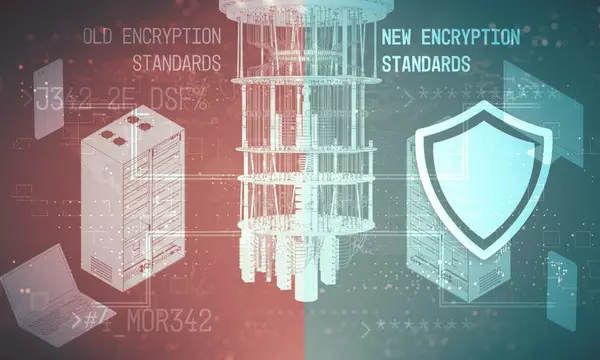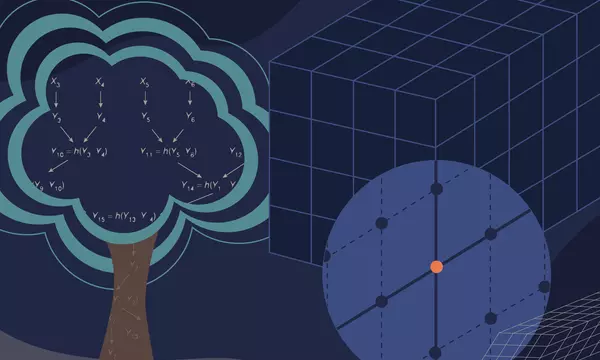What is cryptography?
Cryptography uses mathematical techniques to protect the security of information. As our electronic networks grow increasingly open and interconnected, it is crucial to have strong, trusted cryptographic standards and guidelines, algorithms and encryption methods that can be used for e-commerce transactions, mobile device conversations and other exchanges of data.
What is NIST's role?
NIST has fostered the development of trustworthy cryptographic techniques and technology for more than 50 years through an open, collaborative process that includes input and expertise from industry, government and academia.
Our cryptographic standards and guidelines help secure global e-commerce, protect U.S. federal information and top-secret data, and are used in commercial applications from tablets and cellphones to ATMs.
NIST is leading multiple public collaborations focused on meeting modern cryptography needs and improving cryptographic technologies, including:
- Post-quantum cryptography, including standards that can be implemented now to secure against both quantum and classical computers without drastic changes to existing communication protocols and networks.
- Block ciphers, which encrypt data in block-sized chunks (rather than one bit at a time) and are useful in encrypting large amounts of data.
- Cryptographic hash algorithms, which create short digests, or hashes, of the information being protected. These digests find use in many security applications including digital signatures (the development of which NIST also leads).
- Lightweight cryptography, which could be used in small devices such as Internet of Things (IoT) devices and other resource-limited platforms that would be overtaxed by current cryptographic algorithms.
- Privacy-enhancing cryptography, intended to allow research on private data without revealing aspects of the data that could be used to identify its owner.
- Digital signatures, which are electronic analogues of written signatures that provide assurance that the claimed signatory signed, and the information was not modified after signature generation.
- Random bit generation, which relies on a device or algorithm that can produce a sequence of bits that appear to be both statistically independent and unbiased.








